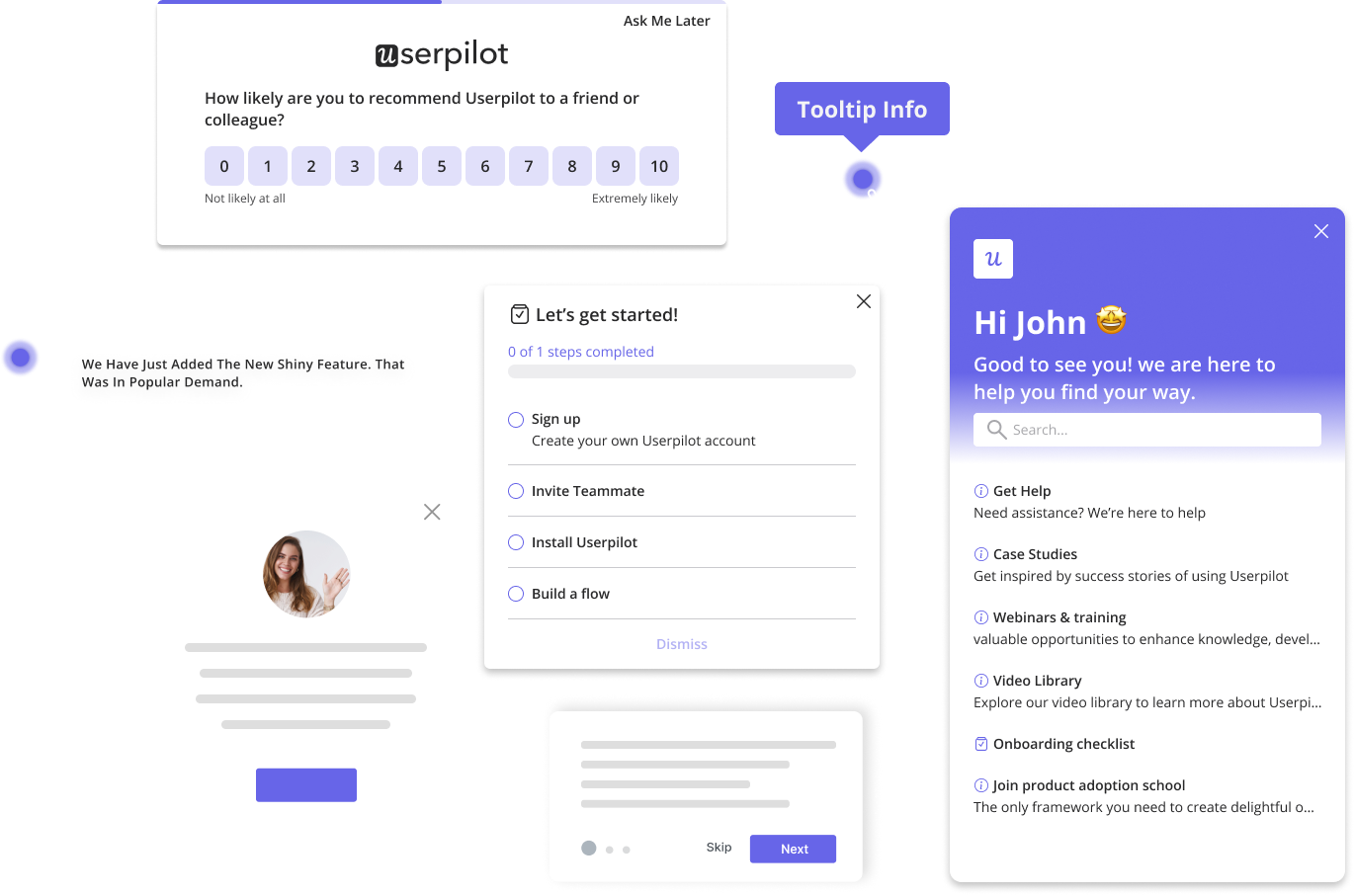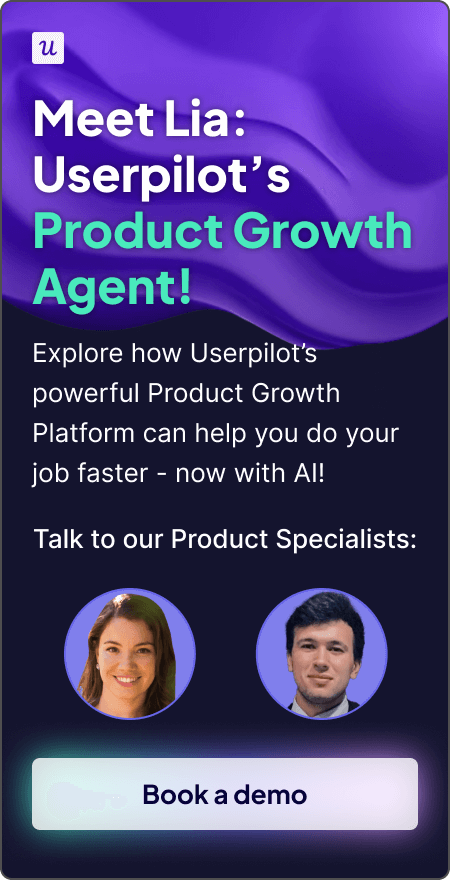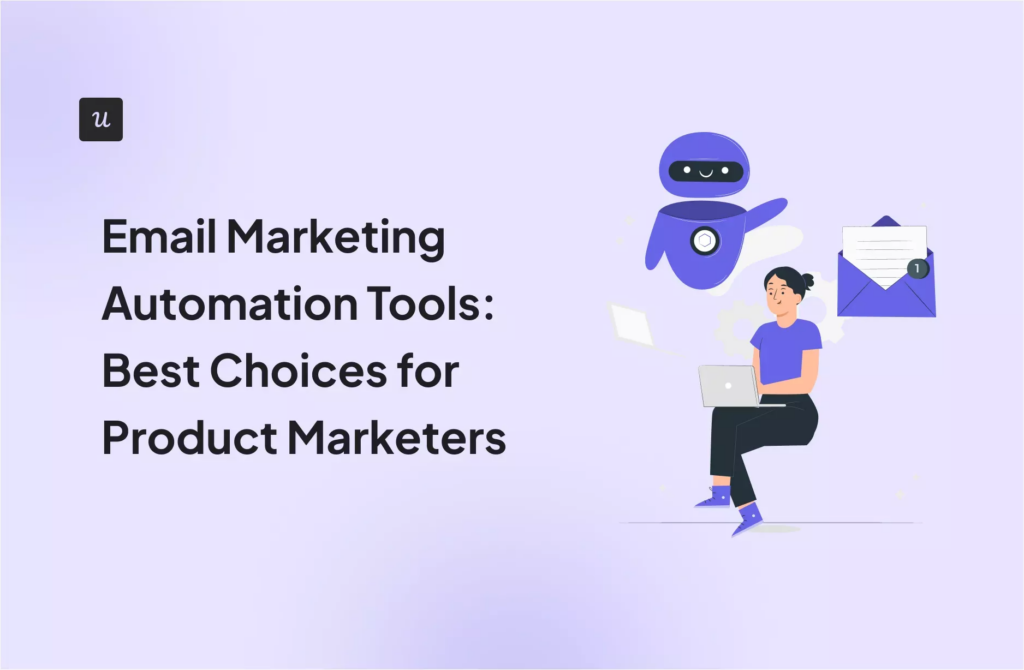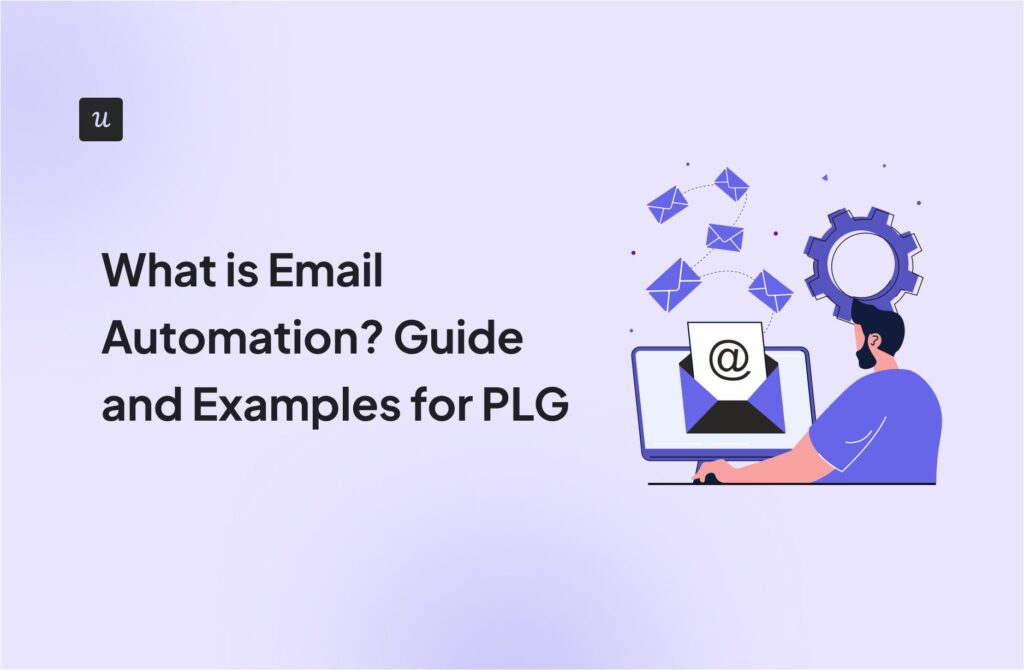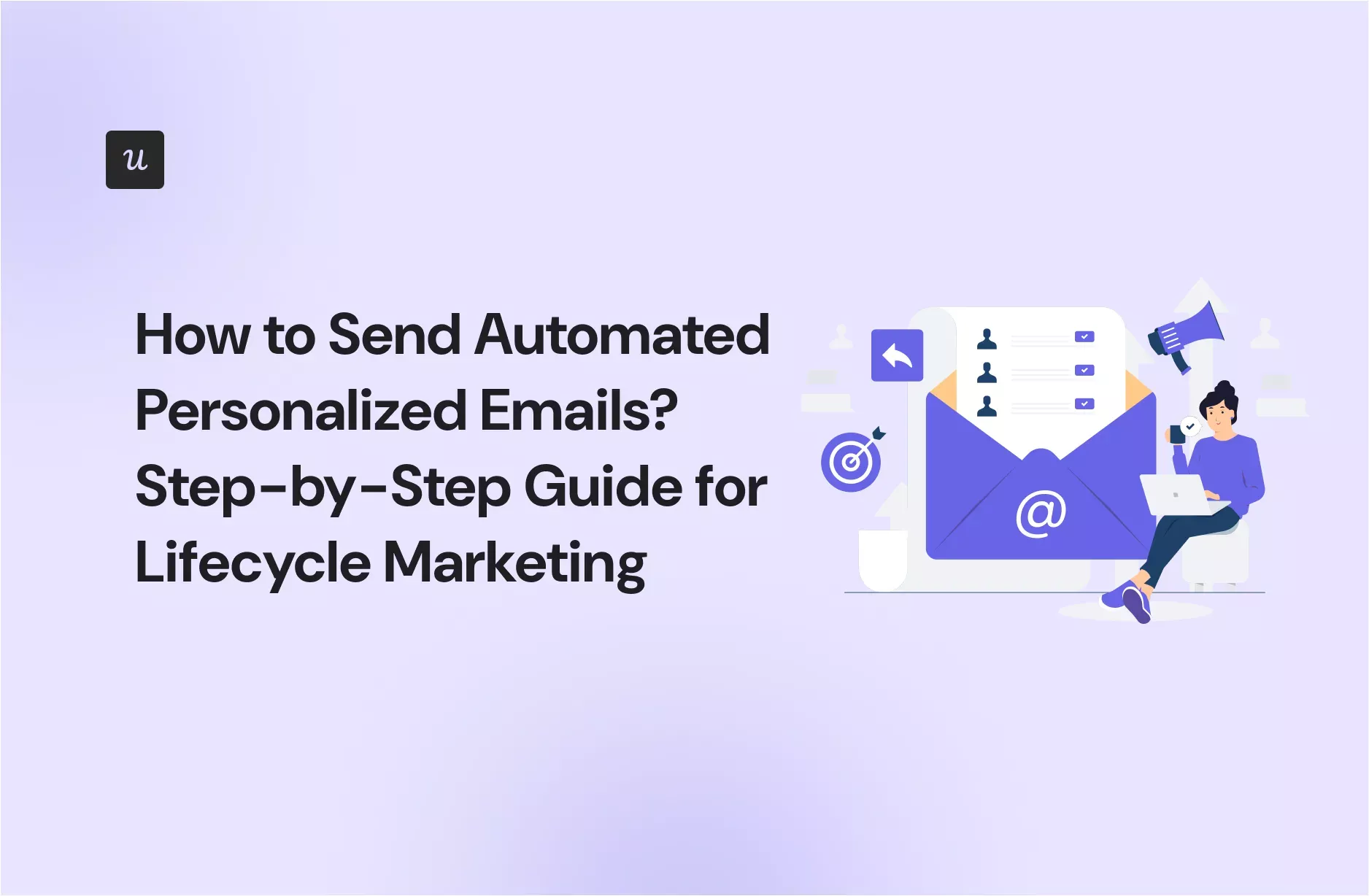
How to Send Automated Personalized Emails? Step-by-Step Guide for Lifecycle Marketing
Creating automated personalized emails is easier said than done. According to Litmus research, 80% of marketers recognize that personalization improves performance. Yet, poor data for segmentation, insufficient resources, and a lack of technical expertise are their common obstacles.
At Userpilot, I’ve developed more advanced tactics for personalizing emails. I started thinking of them as one cog in the lifecycle marketing strategy instead of an isolated channel.
In this article, I’m going to share my process for automating lifecycle emails based on product engagement, user personas, and lifecycle stages of the customer journey. You’ll find out how to build segments and workflows based on user and product data without a single line of code.
What’s your biggest challenge with creating automated personalized emails?
Try Userpilot Now
See Why 1,000+ Teams Choose Userpilot
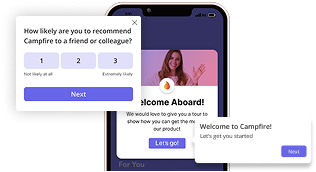
How does email marketing automation work for a PLG strategy?
In PLG-led companies, the product does its own marketing. This means that the ways of personalizing your email campaigns must be rooted in your users’ in-app behaviors and go in line with communication within the product.
Product marketers should set up personalized, JTBD-based sequences of conversational and product bumpers that guide users toward the ‘Aha!’ moment. The bumpers can appear inside the app (e.g., as interactive workflows with modals, tooltips, checklists) or outside of it (emails, push notifications). And, all subsequent steps should trigger based on how the user interacts with both the product and the communication elements.

So, as you can see, emails are just part of a lifecycle marketing strategy. That’s why I highly recommend sending them through an all-in-one product platform, such as Userpilot. It will let you:
- Build segments once and reuse them for in-app, mobile, and email campaigns.
- Integrate omnichannel flows in a single journey without CSV exports, migrations, cross-referencing, or API workarounds.
- Cross-reference the performance of email campaigns with customer engagement, activation, and MRR expansion.
How to send automated personalized emails that boost product engagement? 6-step process with Userpilot
Below, I’ll show you how I use Userpilot step-by-step to send personalized emails in the context of a PLG lifecycle strategy.
1. Build user segments based on customer attributes and lifecycle stages
The foundation of every personalized message is solid user segmentation.
If I create segments in Userpilot, I can use them for any communication channel, not just marketing emails. I can group users based on any other data point that Userpilot captures, including:
- User properties: Profile details such as name, role, plan, and location.
- Firmographic fields: Company-level attributes like industry, employee count, and revenue.
- Tracked events: Time-stamped logs of product actions (e.g., “created dashboard,” “exported CSV”). Great for behavior tracking.
- Pages viewed (or ignored): What screens a user visits, or skips.
- Content engagement: Interactions with emails, in-app modals, tooltips, or resources.
- Survey feedback: Qualitative answers and scores from NPS, CSAT, or CES surveys.

There’s no coding required even to build segments around events. I can tag them directly in the app with Visual Labeler. Plus, since Userpilot supports autocapture, all customer behaviors are collected automatically. I only have to label the ones I’m going to use.
Note: Since attributes, site-tracking, and even feedback responses sit in one platform, the segment updates automatically when the data changes.
Let’s go over the types of segments you should create for your campaigns:
Create segments for different user personas
Before writing a single email, I segment users by persona. Personas include characteristics such as job, industry, pain points, and jobs-to-be-done (JTBDs).
Most likely, your company already has the user personas defined. But if you haven’t created user personas for your product yet, perform customer research before getting into personalization. This way, you ensure every trigger, rule, and piece of dynamic content aligns with the user’s real pain points and JTBDs.
Start by capturing users’ roles, company size, and primary use cases during the signup flow. Or, you can also trigger a welcome survey where users can share their jobs and pain points.
Create segments for explorers, beginners, regulars, and champions
Users have different needs at each stage of their journey. That’s why it’s also essential to group users based on their current stage of the customer lifecycle.

In Userpilot, this is the information and data I include in my segments:
- Explorers: Signed up within the last week and are still on a free plan or trial. They haven’t reached the activation stage nor completed the onboarding flow.
- Beginners: Hit the primary activation event, but use fewer core features or log in sporadically.
- Regulars: Have been using the product for a few months, log in at least weekly, and have adopted one advanced feature.
- Champions: Successfully adopted advanced features, may have upgraded to a higher-tier plan.
For example, below, you can see a segment for the Product Manager persona who are active Beginners: They only recently logged in, and started their onboarding.

2. Design personalized email flows
Once you’ve segmented your users correctly, it’s time to design personalized content.
Now, I mentioned that email is just one part of your PLG lifecycle strategy. This means that, besides considering the persona and the stage of the user journey, you must also think about the customers’ experience with the product so far, as well as other messages they have received.
For example, users who have given up in the middle of the onboarding flow could get an automatic re-engagement email that nudges them back to the app. Or, you can trigger a congratulatory message after a user completes their first activation event, with instructions to help them tackle the next.
Let’s go through a few contextual lifecycle marketing email examples.
Emails for explorers
For explorers, every touchpoint should accelerate time-to-value. These are the emails you can include at this stage:
- Welcome email: Greets the user by name, reiterates the core benefit, and points to the very first action that proves value (e.g., “create your first item”).

- Re-engagement nudge: Sends an email reminding users to get back into the product.
- Check-in email: Triggers in the middle of the trial and asks users for feedback.
Note: Welcome emails have an average open rate of 83.6%, making them one of the most important emails in the whole lifecycle.
Emails for beginners
For beginners, these emails help increase their feature usage and encourage forming habits around the product:
- Secondary onboarding email: Introduces a more advanced feature set relevant to the customer’s use cases.

- Celebratory or usage review email: Helps users recognize their progress. It can trigger after a milestone (e.g., first project completed) to celebrate the success, or show users how much they’ve been using the product and how it’s helped them.
- Trial-expiring reminder: Triggers 3–5 days before the trial ends. It recaps the benefits of using your product and encourages customers to upgrade.
Emails for regulars
For regulars, these emails can help them adopt the product more deeply and upgrade:
- Community-building email: Invites users to join webinars, Slack workspaces, or forums where they can learn how to achieve better results with your product.
- Renewal or upsell email: Prompts successful users to upgrade their contract. They can trigger when the user is hitting the limits of their plan or when there’s clear ROI from an upgrade.

Note: Upsell emails have anywhere between 10% and 30% conversion rates, making them one of the highest-leverage lifecycle emails.
Emails for champions
For champions, these emails can help you make the most out of their success and strengthen your relationship:
- Survey email: Requests feedback about new features or the most valuable aspects of your product.
- Referral email: Offers a win-win incentive (extra storage, account credit, etc) for inviting colleagues.

- Special offer email: Invites champions to participate in exclusive events and get benefits. It might grant early access to a new feature, extended trial periods for add-ons, or invitations to in-person conferences.
3. Use dynamic content and custom signatures to personalize each email
Once the email flows are designed, Userpilot’s no-code builder helps turn these drafts into living messages. With dynamic attribute personalization, I can inject user attributes into the subject line or email body automatically.
Also, because the editor supports modular blocks (text, image, video, and buttons), I can add Loom clips, GIFs, or customize the email template without using CSS.

Finally, I recommend including a real human signature. You can personalize it to, for example, add the signature of an account’s customer success manager.

4. Set up triggers, audience, goals, and frequency to deliver your email to the right people at the right time
Next, in the email settings, I can set up my email campaigns to trigger the right email, at the right moment, and to the right audience.
Here’s what I can set up with Userpilot:
- Triggers: This section lets me configure how my email marketing campaigns will activate. These can be based on in-app events (when a user performs an action such as “Created flow” or “Completed onboarding checklist”) or conditions (rules such as “trial ends in three days” or “has the Essentials plan”).

- Audience: It sets up the campaign to trigger to all users, one of the saved segments we built earlier, or custom conditions.
- Goal: This lets me define the success of the campaign (e.g., “Invite teammate” or “Upgrade plan”). The data feeds directly into the product analytics for deeper insights.
- Frequency: It allows me to determine if the email should be sent once (e.g., for milestone-based emails) or frequently (e.g., whenever the user hits a usage limit). Plus, I can set up a delay (e.g., scheduled 30 days after inactivity).
5. Use email localization to automatically translate your emails
According to a study from Unbabel, 84% of marketers report that localization increased their revenue.
So if your product has users from many countries, use Userpilot AI content localization. The platform can detect each recipient’s location and automatically translate the content to their local language. You don’t have to perform any additional imports.
6. Test and monitor your automated email campaign performance
Now, before publishing, I recommend testing each email to confirm that triggers, dynamic blocks, and localization work as expected.
Once everything works correctly and I’ve hit send, I measure the performance of my campaigns using different Userpilot tools, including:
- Classic email dashboard: Includes email metrics like delivered, opened, bounced, click-through rates, and unsubscribed. These tell me if the subject lines are having good open rates and whether the personalization is resonating.

- Cross-channel correlation: Since Userpilot tracks in-app behavior, I can see how my email campaigns influence activation, product adoption, or MRR growth. It allows me to filter behavioral data or funnel reports based on email interactions.
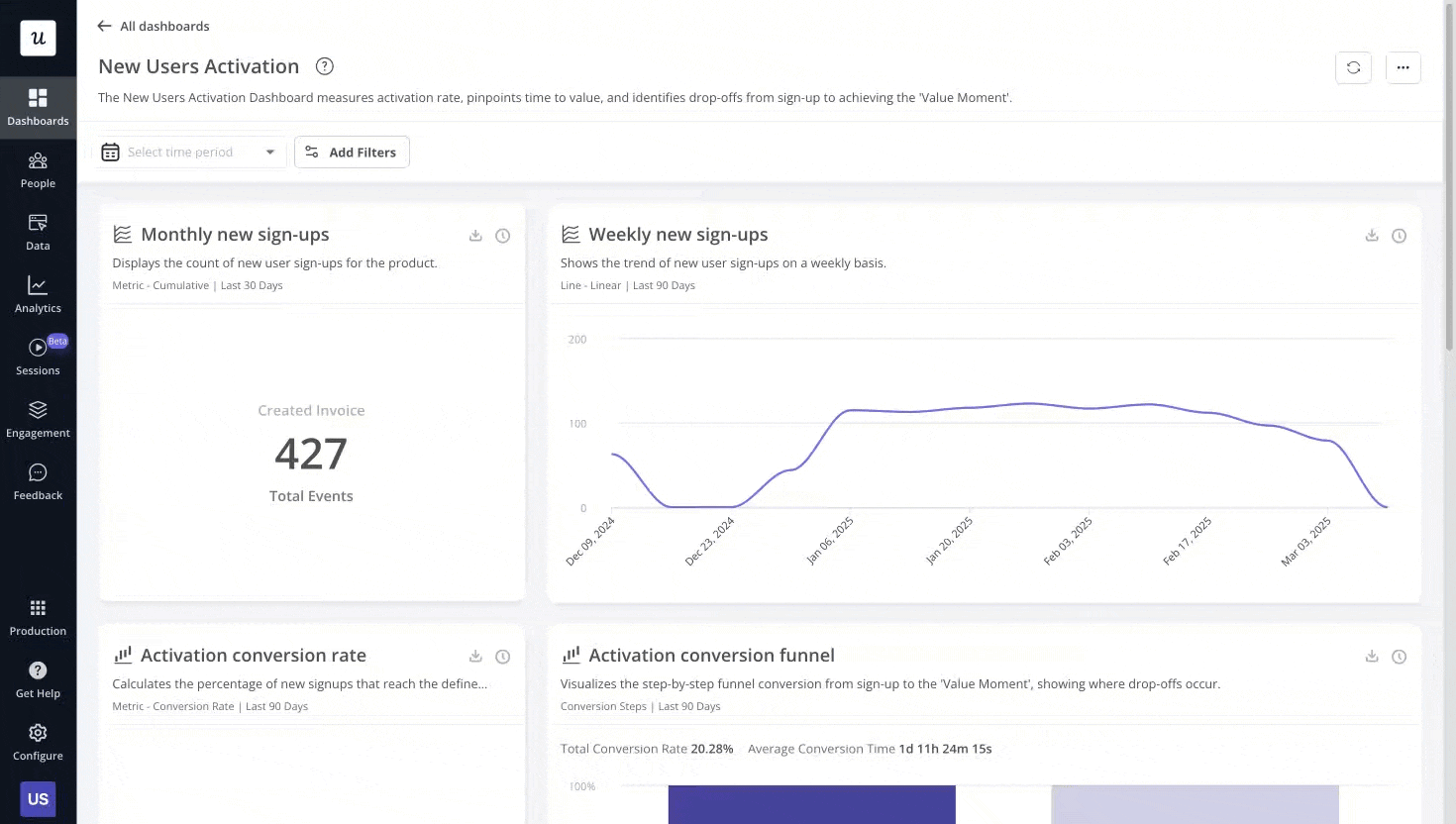
Later, I can identify gaps in the journey, A/B test different email variants, and optimize the KPIs behind my lifecycle strategy.
Create automated personalized emails with the right product email marketing tool
All automated email campaigns should be part of an omnichannel PLG strategy.
However, traditional email platforms don’t have the same integrated tools as Userpilot. You’d need different platforms for customer data collection, omnichannel orchestration, and product analytics.
That’s exactly why I run lifecycle emails inside Userpilot. It can capture events, send messages on multiple channels, localize content, and analyze data from all product-related sources. All without coding.
So if you want to start implementing my multi-channel approach, book a Userpilot demo and see how you can deliver personalized messages.
FAQ
What is email automation?
Email automation is the practice of using software to automatically send relevant content based on user behavior or by time-based rules.
What is email personalization?
Personalization adapts the content, timing, and sender details of each email to the individual receiving it. Beyond adding the first name, effective personalization uses the right template, email subject line, language, and CTA based on a user’s attributes, lifecycle stage, or most recent product action.
Why are personalized emails important?
Because hyper-relevant emails drive more results. This can include higher CTRs, better customer experience, and even faster product adoption, and improved relationships.
What are the benefits of email marketing automation?
According to an Omnisend report, if you send automated personalized emails, you’ll outperform mass emails with:
- +52% better open rates
- +332% higher click rates
- +2361% better conversion rates

